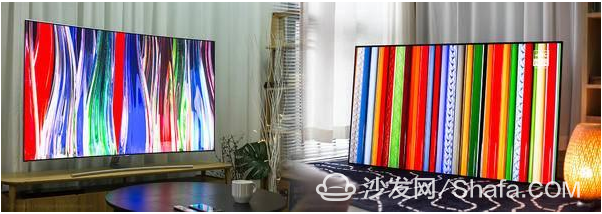
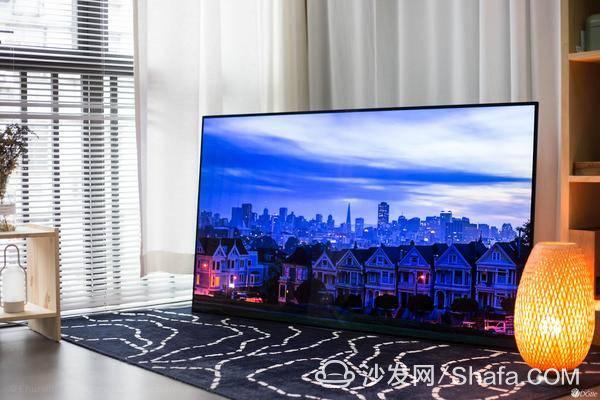
Sony OLED TV A1
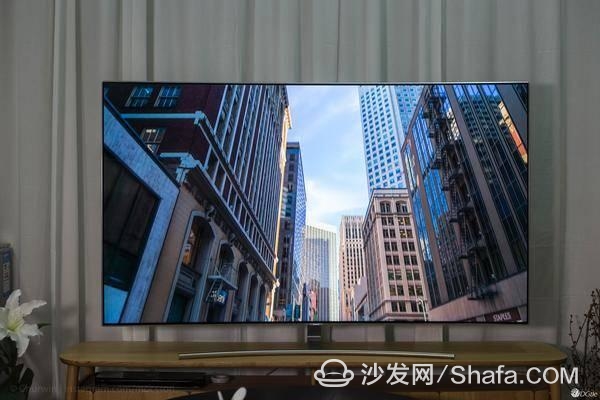
Samsung Quantum Dot TV Q8C
If the two flagships are put together and compared, what kind of fire will be erased?
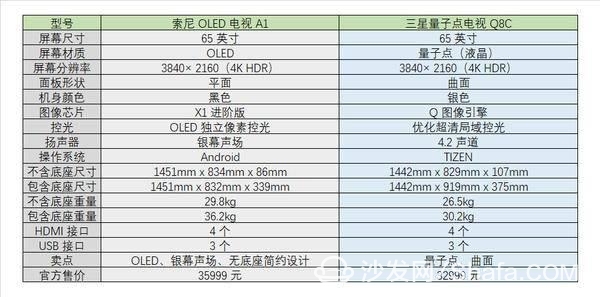
One to the left, one to the right
The appearance of Sony A1 and Samsung Q8C is exactly the opposite.
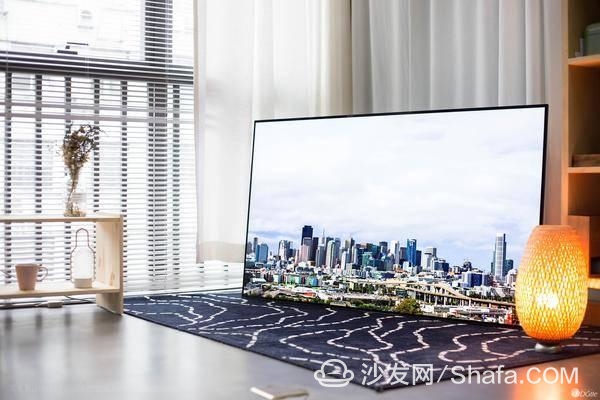

The Sony A1 is like a large picture frame, with a black panel plus a backboard support, a simple low-key with a calm, whether on a low TV cabinet, fixed on the wall or even on the carpet can be easily with the surrounding Match the environment. The Q8C curved screen is equipped with a silver frame, a back panel, and a lively little publicity. It fits on a TV cabinet or on a wall.
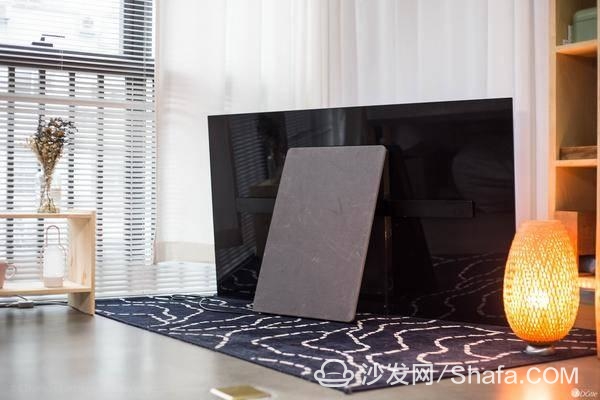
Sony OLED TV A1 back
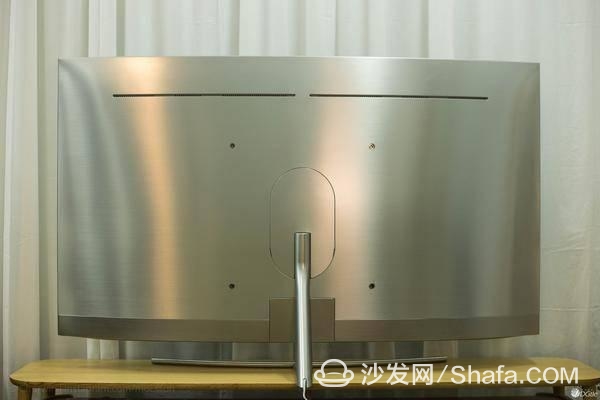
Samsung QD TV Q8C back
Regardless of how the A1 swings, the front only sees an ultra-narrow OLED panel with a border, and even the Logo, which is generally reluctant to be dropped, can hardly be seen. It is particularly felt on the carpet; it has a built-in support for the back of the TV. The mainframe, which reduces the space in the panel section, makes the A1 panel section a little thicker than the iPhone 6.
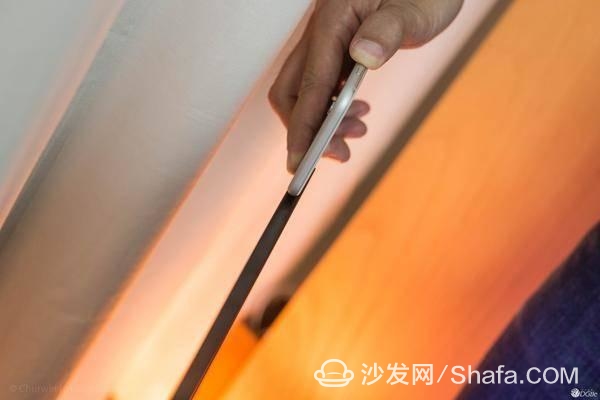
Sony OLED TV A1 thickness

Samsung QD TV Q8C thickness
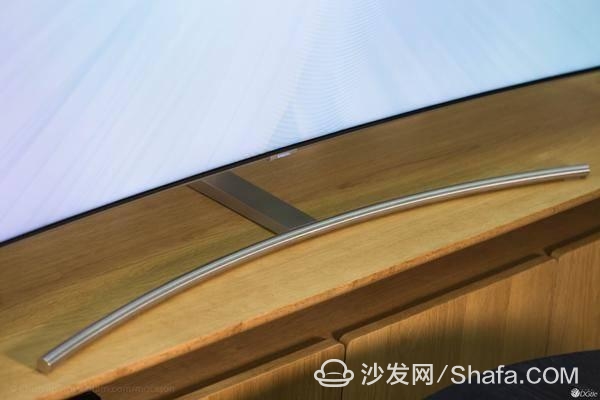
Samsung Quantum TV Q8C Stand
The Q8C with a traditional stand is more suitable for being placed on a TV cabinet or on a wall. The thickness of the curved surface is larger than that of the A1. However, the design of the external host is adopted, and a special optical fiber cable is required to connect the TV. Connected to the host, this fiber has to be stored in the process of handling, and it will appear messy and delicate on the table, easily bent or pulled to cause damage.
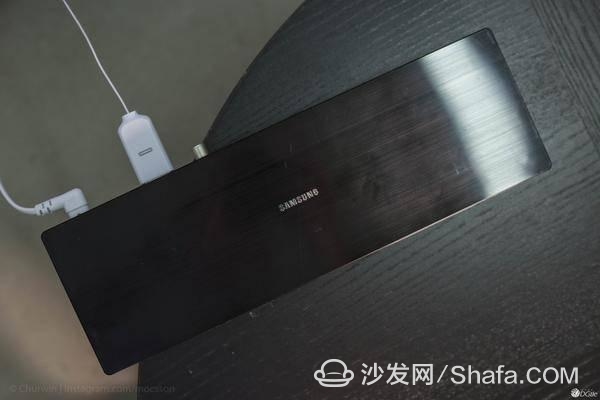
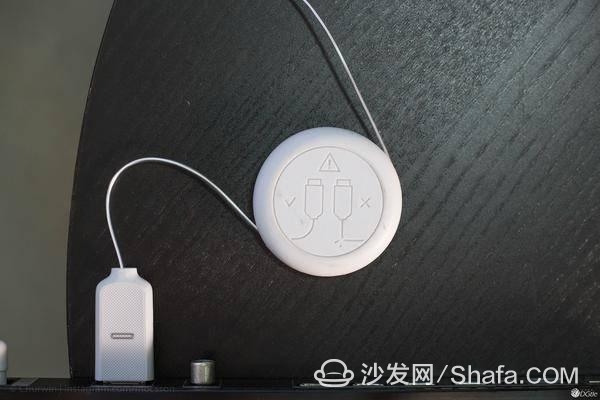
Samsung QD TV Q8C External Host and Cable
Personally prefer the simple Sony A1, the simple design without a base blends better with the home environment; while the curved Samsung Q8C looks a little more mediocre.
An integral part of sound and video experience
In fact, Sony did not provide the A1 with a conventional speaker unit. Instead, it designed the entire screen panel as a special speaker. Behind the back panel, the "beam" conceals the mystery, and the left and right ends are equipped with special sounding units that can cause the Sony A1's OLED panel to resonate, allowing sound to be emitted from the panel, without any reflection before entering the TV. In the ears of the audience, Sony calls this technology the Acoustic Surface screen sound field.
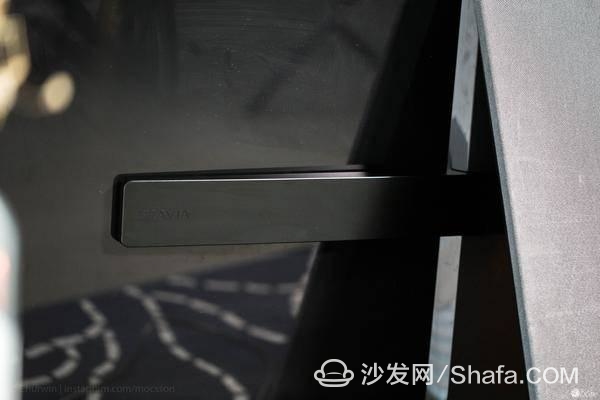
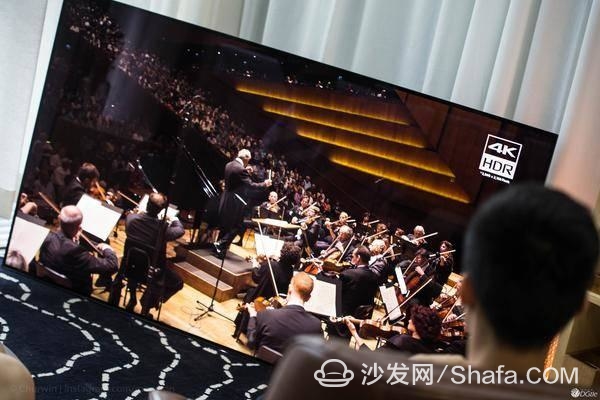
The supporting backboard is also equipped with a corresponding woofer. The low frequency is reflected by the wall to the ears of the audience in front of the TV. In cooperation with the OLED panel that “will soundâ€, the acoustics of the A1 will be more full and the picture will be The sound can be harmoniously merged into one - the government calls it "the unity of sound and picture."
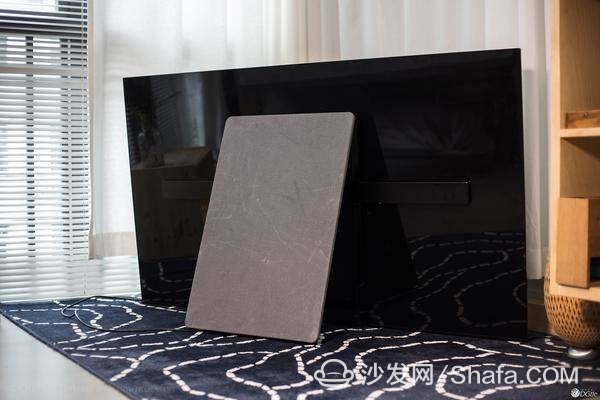
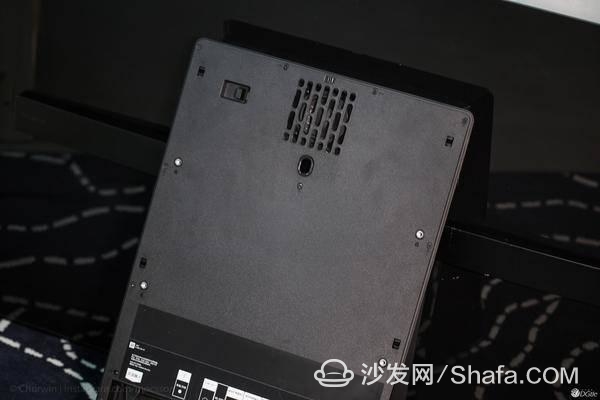
Of course, because the low frequency of A1 is transmitted to the viewer's ear through reflection, the low-frequency sound actually heard is affected by the reflective material to some extent. Tried to test the bass in front of ordinary cement walls, glass walls, and curtains, and found that the low frequency performance of the glass wall reflection is weak, and the best before the curtain.
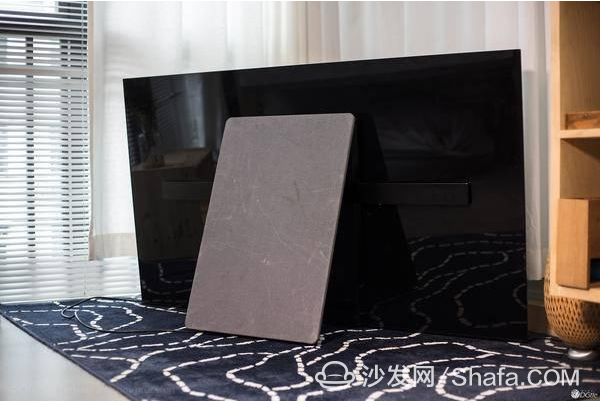
In general, the sound effects of A1 are more balanced and will not deliberately highlight a certain frequency. Its bass is more powerful but it does not use too much force. The medium and high frequencies are in place without harshness and will not make people feel "pretentious." It will not feel tired after listening for a long time.
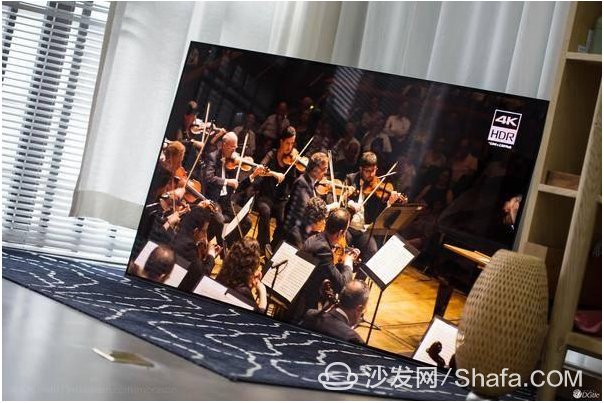
The Samsung Q8C uses a relatively common bottom-mounted speaker. The left and right sides are equipped with a full-range speaker and a speaker mainly responsible for low frequencies. The sound is emitted at 45° downward, and the sound actually transmitted to the audience is refracted at least once.
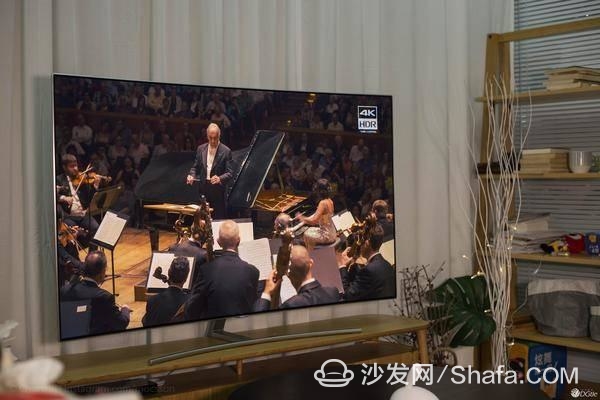
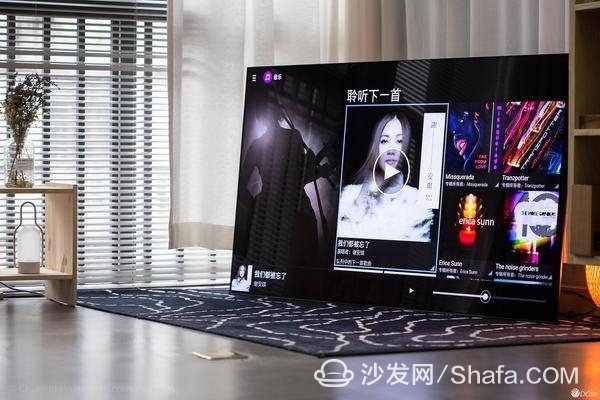
Using Xie Anqi’s “We have all been forgotten†for a simple comparison, A1 can deduce the sense of space in the prelude thunder and rain, and the Q8C's rain is not as natural as a burr; the song is gradually culminating, The gap between the Q8C and A1 voices has also been gradually enlarged - the overall voice of the Q8C is relatively thin, and the violin sound that can be heard in A1 when entering the chorus is not easily noticeable, and the overall sound field is also narrow; personal advice is to equip the Q8C with a SoundBar. The overall audio and video effects will increase a lot.
Image quality contest is not only the competition between quantum dot panel and OLED panel
The Samsung Q8C uses a 4K resolution QD display panel, while the Sony A1 uses the same resolution OLED display panel. There are fundamental differences in the display principle between the two types of panels.
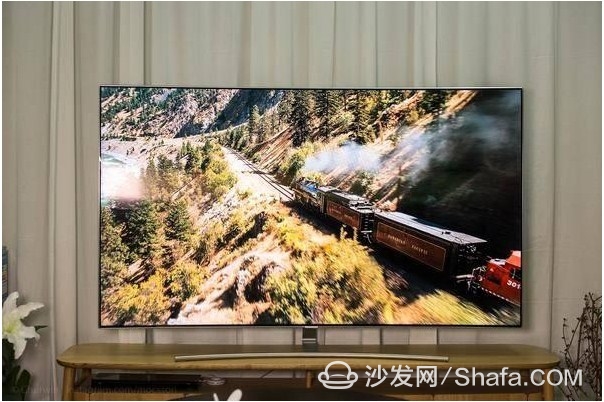
Q8C's quantum dot display panel is actually a display panel that uses quantum dots as a backlight material to improve the liquid crystal display. Compared to ordinary LED-backlit display panels, quantum dot display panels can effectively reduce more blue light, thereby improving color gamut and color accuracy.
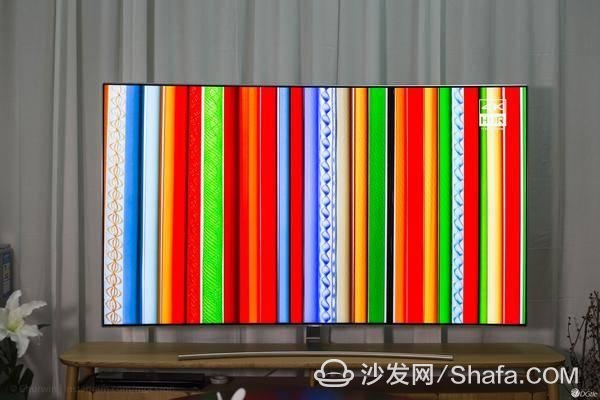
The OLED display panel used by A1 is in fact the same physical characteristics as self-emission. The use of phosphor color layer structure to produce different colors of light, individually controlled organic light-emitting diodes to achieve the display effect, in theory, have more accurate color Performance and wider color gamut.
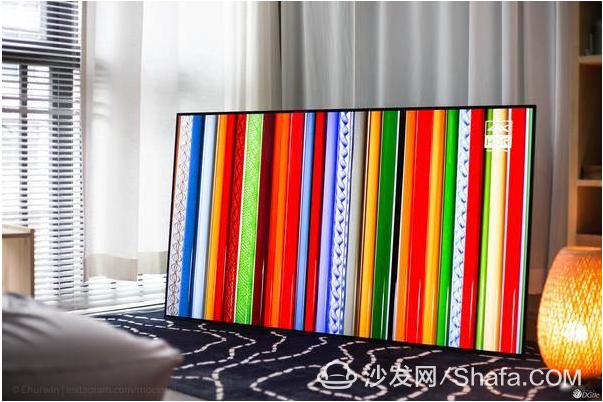
This is also one of the reasons why the curved Q8C panel will still have water ripples when squeezed by hand, and A1's rigid OLED display will not squeeze.

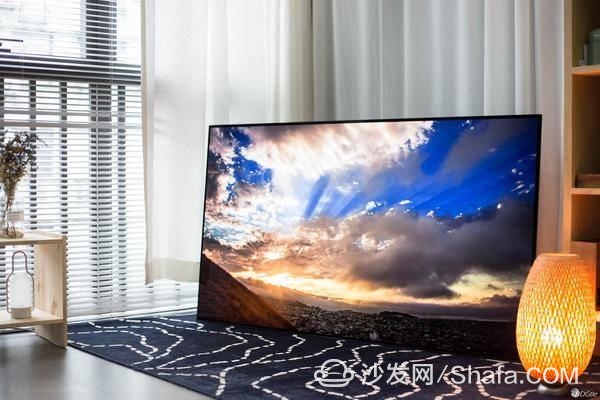
Both models are the flagship models on the market today. The actual perception of the Q8C and A1 are very eye-catching; however, comparing the two, we can see the differences in the display styles of the two. For the sake of fairness, I have performed factory restoration on both TVs before the official use.
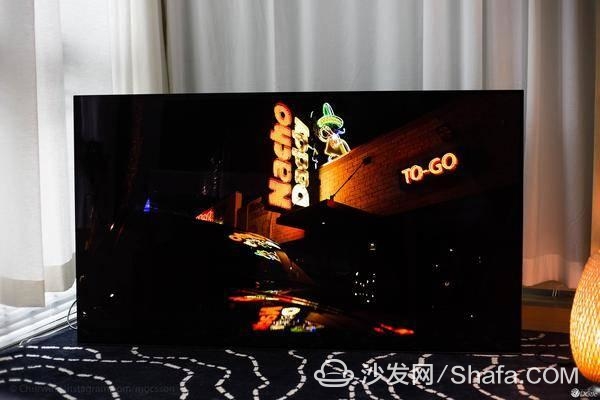
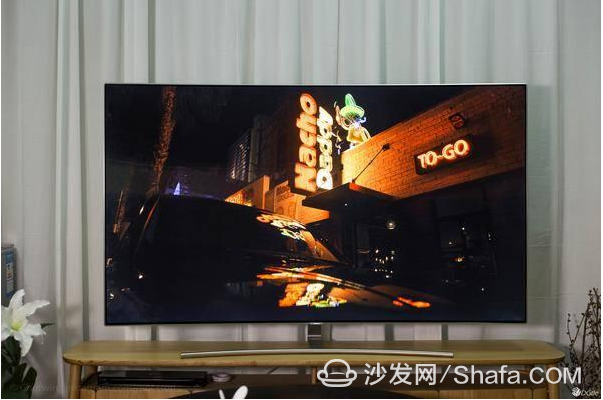
Due to the limited display characteristics of OLEDs, the actual display brightness of A1 will be lower than that of the Q8C with the QD display panel. In terms of color performance, the actual performance of the Q8C has improved somewhat compared to Samsung's previous TV colors; however, the refresh rate of the panel is still low, and when using a camera to remake the TV screen, a higher shutter speed is easier. The horizontal stripes caused by the refresh of the picture were generated. I basically adjusted the shutter speed to 1/60s. The A1 inherits the features of the OLED panel and is equipped with the Triluminos phantom technology, which makes the color spectrum of the natural wide color gamut appear more pleasing and relatively eye-protecting.
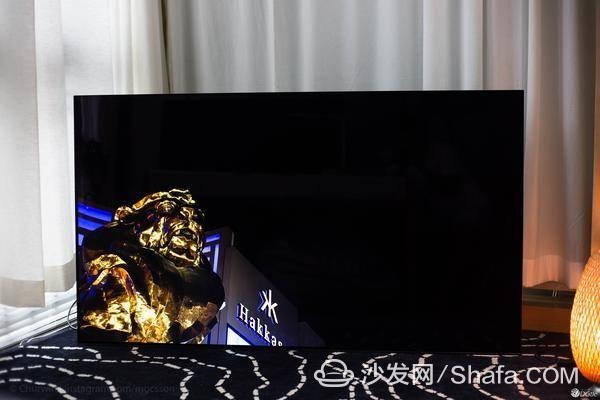
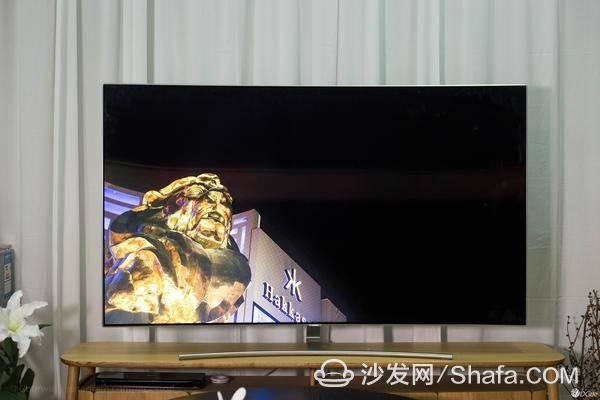
The difference between OLED display and quantum dot display is more in black depth and contrast. Due to the self-luminous nature of OLEDs, A1 has more accurate local control light performance and deeper blackness than Q8C. The contrast of the screen can feel that the overall picture of A1 is purer and sharper in contrast. .
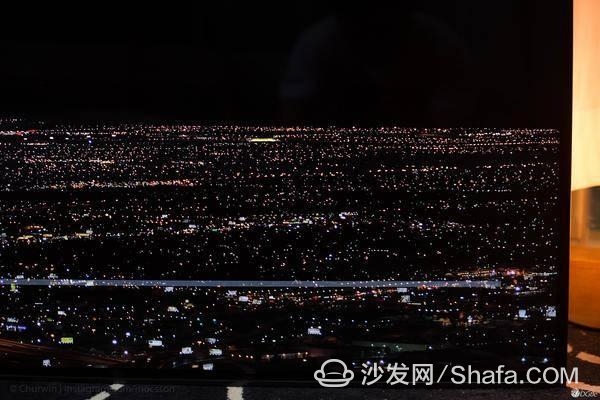
Contrast contrast group 1: Sony OLED TV A1
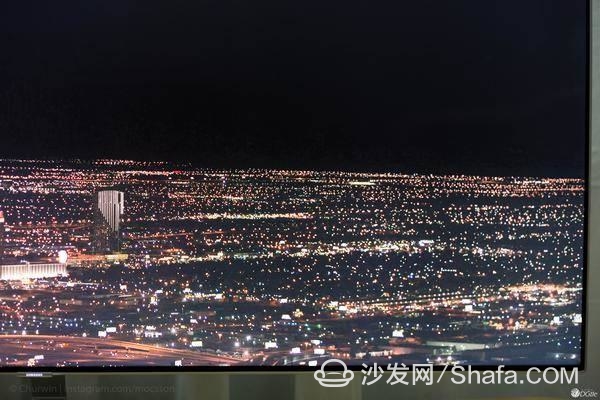
Contrast Comparison Group 1: Samsung QD TV Q8C
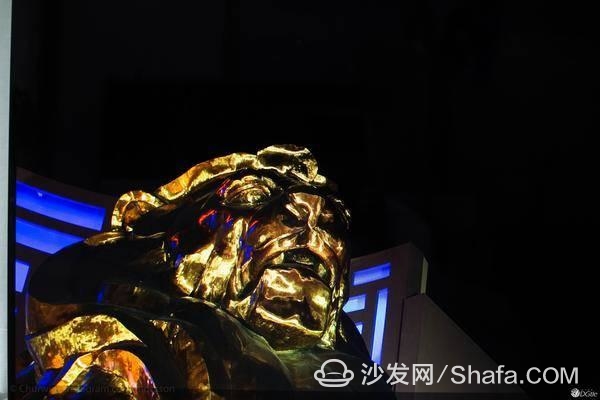
Contrast contrast group 2: Sony OLED TV A1
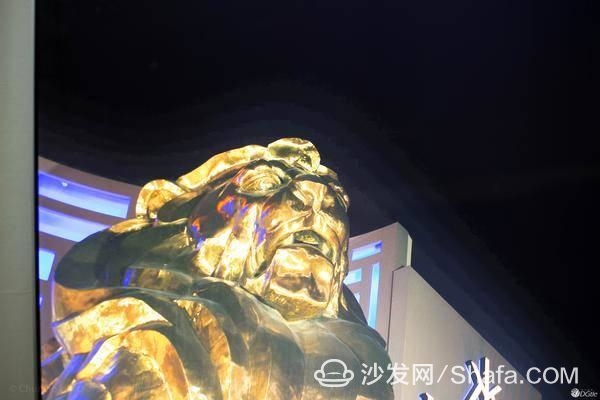
Contrast Comparison Group 2: Samsung QD TV Q8C
The principle of OLED self-luminescence is that the black pixels of the picture do not emit light, making the black of the A1 picture black and not contain any impurities; while the quantum dot display panel controls the light by controlling the rotation of the polarization direction of the light, and the accuracy is also improved. Can not completely block the backlight, so the Q8C's black is not so thorough, the color of the night under the screen is white, it is like a layer of mist.
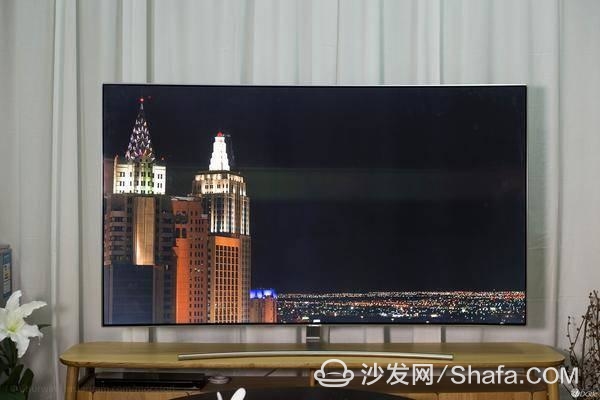
The A1, equipped with the X1 advanced 4K HDR image processing chip and the sharp image processing engine PRO digital signal processing system, can improve the brightness and darkness of the screen, resulting in a clearer overall picture. In fact, to a certain extent, there is no absolute difference in the level of contrast, although high contrast can bring more pleasing visual effects, but it will to some extent weaken the texture of the dark or light details.
For television, the viewing angle is also very important. When you watch TV screens at an angle, the smaller the loss of brightness, contrast, and chromaticity, the better the overall experience. A1's OLED screen can be compared to a number of tiny pixel lights arranged on the display panel, the actual display of the color performance is not affected by the viewing angle; and Q8C this quantum dot screen, continuing the LCD liquid crystal molecular flow blocking backlight The physical characteristics of the optical effect, a small distance between the backlight, the liquid crystal layer, and the polarizer, plus the use of a unilaterally-introduced backlight, make the sideview screen appear white and the curved screen will have this deficiency. Zoomed in further.
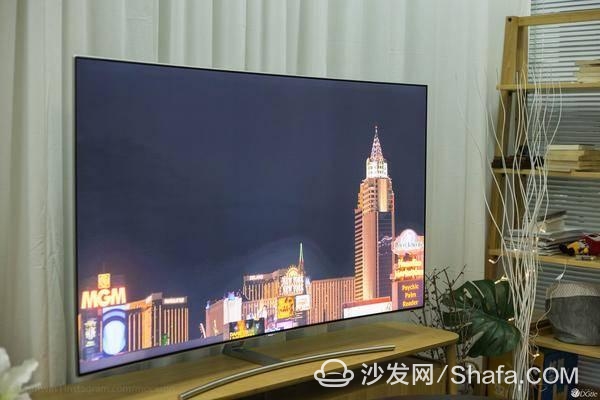
Samsung QD TV Q8C side view
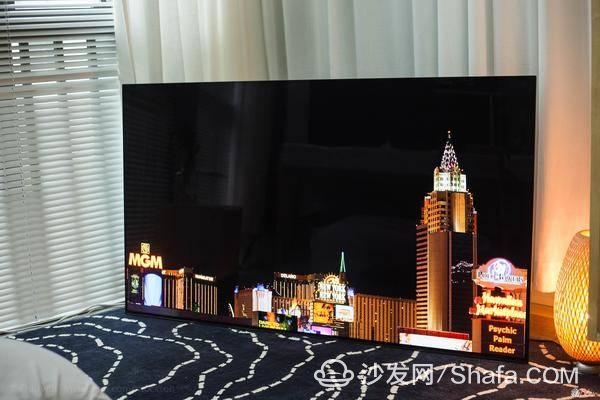
Sony OLED TV A1 side view angle
Should energy consumption be "variable" or "flexible"?
In addition to the different views on the screen, these two display technologies have different performances in actual power consumption.
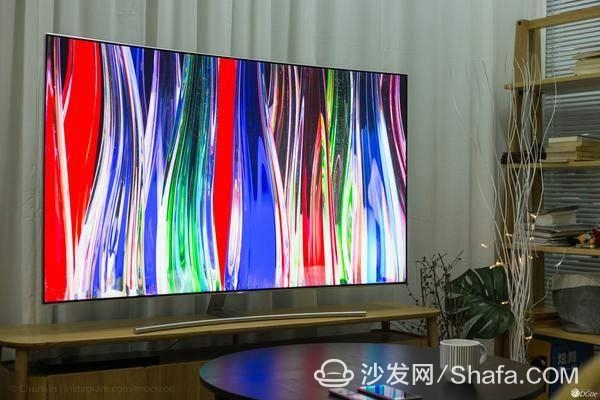
Looking back at the characteristics of the quantum dot display panel and the OLED display panel that correspond to the Q8C and A1, the liquid crystal backlight panel of the quantum dot screen is in fact a full block, and the OLED is only bright in the pixels in the non-black picture area; Because of this, the display function of the quantum dot panel is relatively stable, and the real-time power of the OLED panel is not a constant value. The brighter the entire screen, the greater the power consumption, and vice versa. TV energy consumption is mainly reflected by the display panel. In other words, the panel basically determines the energy consumption of the TV.
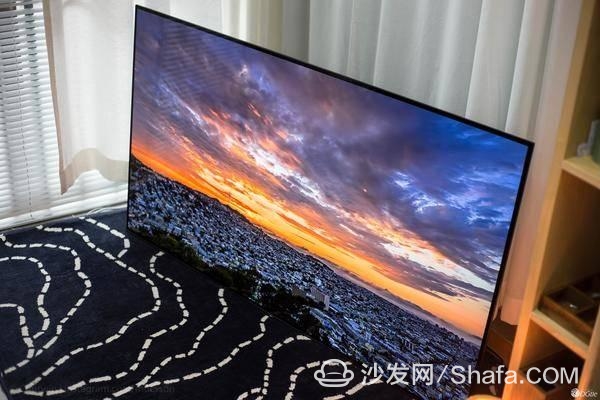
Here, I used a power tester to perform simple real-time power tests on the Q8C and A1. It was found that the power of the Q8C was maintained at around 180W after power-on. Even when playing a 4K movie, the power of the Q8C did not increase.
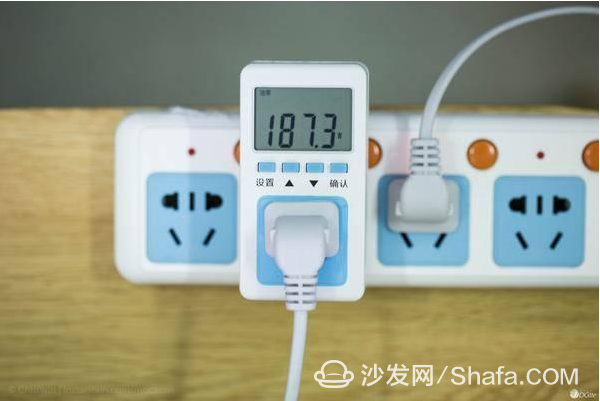
The power of A1 floats from 70W to 290W when it is switched from 60W on power to the same 4K movie.
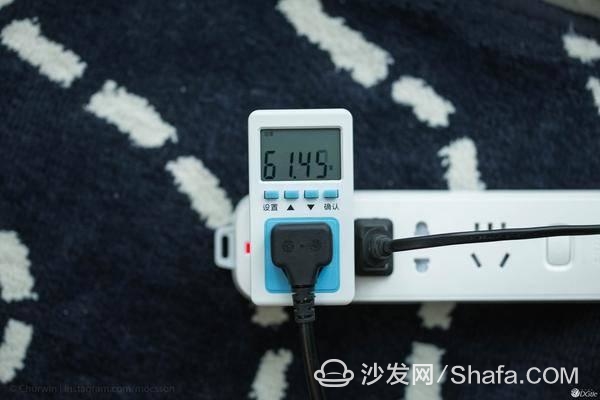
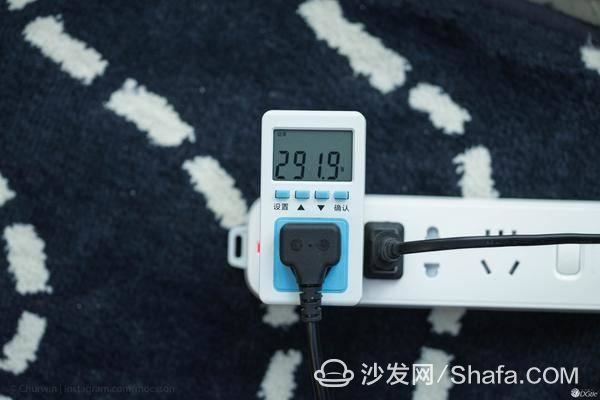
From the standpoint of numbers, the power consumption of the Q8C seems to be lower than that of A1. Actually, the floating power of A1 is the result of the combined effect of each pixel on the OLED panel lighting and extinguishing. The power can be low when the display screen is dark. To 70W; when the entire picture scene is bright, the power reaches 290W.
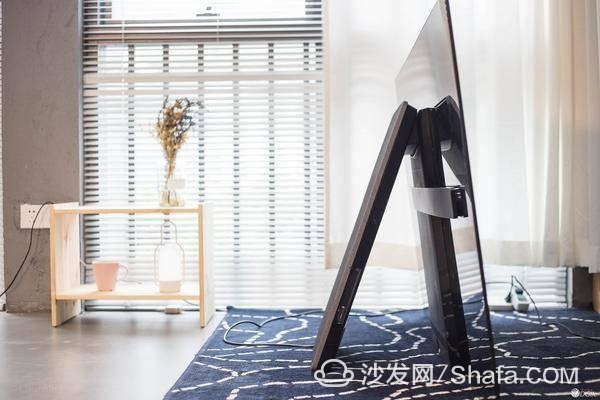
From this point of view, the power consumption of the Q8C and A1 is not optimal, and there can be no absolute conclusion. The power consumption of the Q8C is better than that of the A1 in the scenario where the bright display screen is displayed for a long time. However, when the same movie is played for a long time in real life, the flexible power consumption advantage of the A1 is generally higher and it is actually more energy-efficient.
Should the "smart" of television be concise or comprehensive?
Both the Samsung Q8C and the Sony A1 are smart TVs equipped with Android operating systems, but they have two completely different styles of system interfaces.
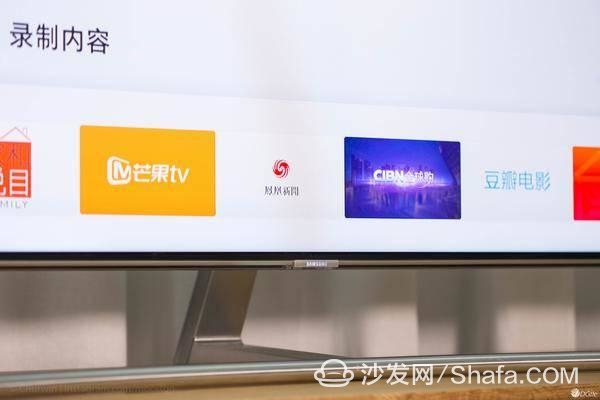

A1 The interface of the whole system is a dark style, which fits the light emitting characteristics of the OLED, and it also saves electricity; while the Q8C is a bright interface design that also meets the characteristics of the quantum dot panel.
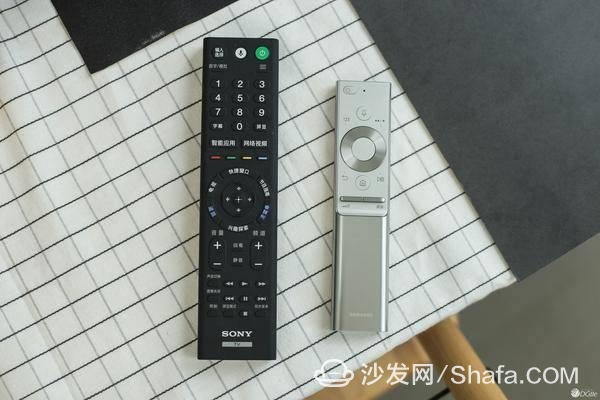
The remote control of the Q8C is very concise, with only 12 buttons on the whole body, it is easier to get started. Compared to Sony's remote control, it is more traditional and even retains digital buttons. Although it seems to give a calm feeling, it is easy to use. Use is weaker.
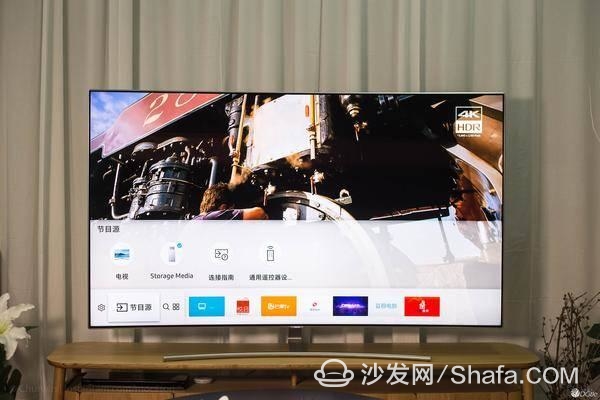

Corresponding to their respective remote controllers, the system operation logic of the Q8C and A1 has distinctive features. The Q8C has fewer interface layers and the bottom-out side-by-side homepage is also easier to operate and faster to respond. The A1 system home page uses a classified waterfall flow design, and its content and functions are more comprehensive.
The Samsung Q8C and the Sony A1 can be said to be the best in the market for 30,000 yuan, and they represent quantum dot backlight panels and OLED panels. In general, these two types of display technologies have different advantages and disadvantages. The former has higher brightness and more controllable costs, while the latter has broader color performance, wider viewing angle, and more independence. Flexible light control, etc.; the former is an improved version of the LED-backlit LCD display, while the latter is a new technology that is different from the liquid crystal display. The rolling time is not long but it is daunting.
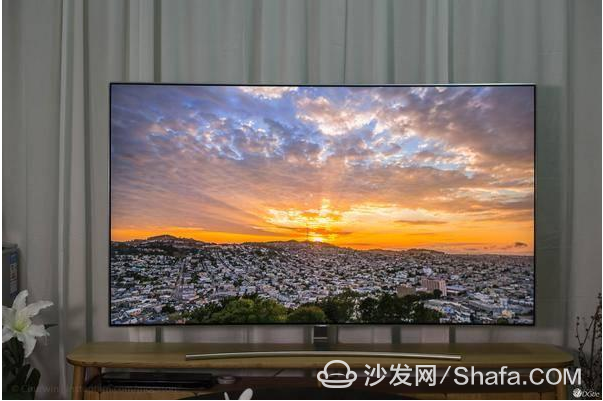
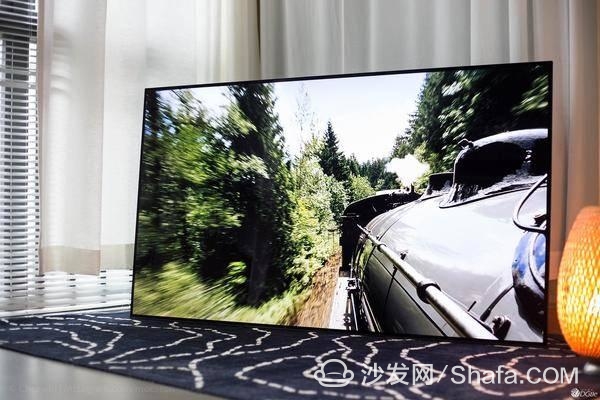
In terms of system experience, the two have different styles. Sony A1 pursues comprehensiveness. Samsung Q8C pursues simplicity and ease of use. On the TV stereo, the actual performance of the Sony A1's screen sound field is amazing, and the Samsung Q8C with a relatively simple sound structure requires the SoundBar to achieve better results.
Smart TV/box information can focus on smart TV information network sofa butler (http://), China's influential TV box and smart TV website, providing information, communication, TV boxes, smart TVs, smart TV software, etc. Answering questions.Color Tft,Tft Lcd Module,Tft Color Display,Tft Color Lcd
Huangshan Kaichi Technology Co.,Ltd , https://www.kaichitech.com
